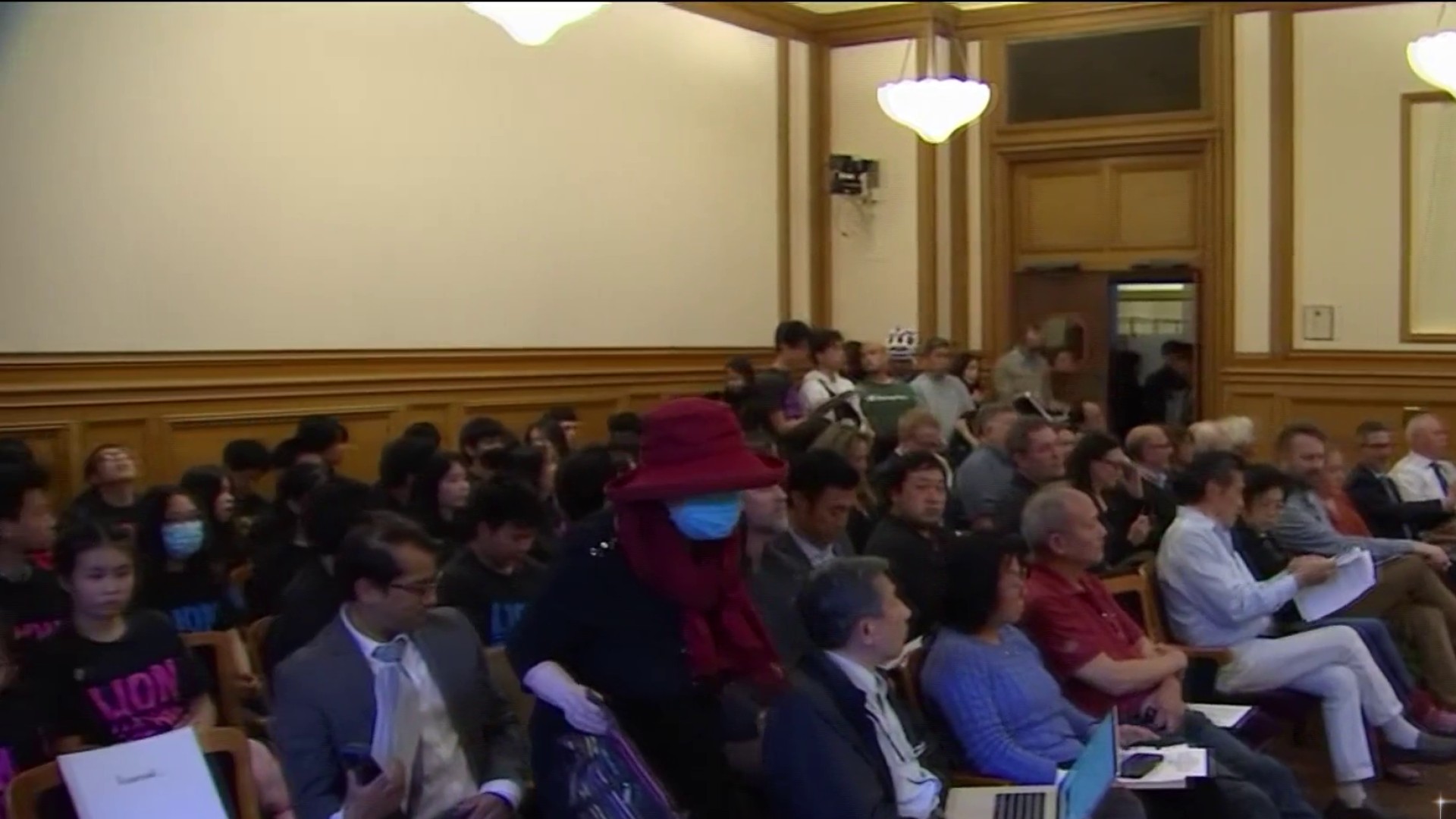Maybe you slipped something into your pocket before you paid, or you were caught – beer in hand – at 20 years old.
What happens if you’re caught and arrested? Will you be fired from your job? Spend time in jail?
That could depend on where you committed the crime.
For a man we’ll identify as “Mark,” it was the difference of just hundreds of feet. He was caught by security personnel at the Macy’s store at the Stanford Shopping Center when he was 19 years old, a college student at the time.
Mark said his friend knew the guy behind the cash register who was set to give them a “good deal.” He and his friend were getting ready to walk out with hundreds of dollars of merchandise, but they were just the first two to get caught that day. He described spending eight hours in a “back room” in the department store, questioned before Palo Alto police picked him and the five others up.
Mark added he had never experienced anything like it – the worst thing he’d done before was get a parking ticket.
“There was six of us in the squad cars to Palo Alto Police Department. Then they put us in a transport vehicle three-by-three, facing each other with a metal wall divider in the back,” Mark described. “If everything went down for what I was charged with, I could have been charged with double felony at the age of 19 for something stupid.”
Local
But Mark wasn’t even charged. The Santa Clara County District Attorney’s office officially kicked off a new misdemeanor diversion program last July for petty theft, trespass, and vandalism charges. James Gibbons-Shapiro oversees the Misdemeanor Unit at the D.A.’s Office.
“If you have low or no criminal record, then we will offer you the opportunity before we file criminal charges to participate in diversion.” What that meant for Mark was completing 50 hours of community service and voluntarily attending two counseling classes. He said that made the difference for him – allowing him to pay back to the community and then move on with his life, nothing on his record. But he had been very close to a different outcome.
Stanford Shopping Center is in Palo Alto, which is part of Santa Clara County. Just hundreds of feet to the west was the San Francisquito Creek, and everything on the other side of that falls into San Mateo County where every single misdemeanor, even if it’s a first-time low-level and nonviolent offense, will be charged. “If someone has stolen something, like anything else they have to accept the consequences for their conduct if they’re caught,” said Steve Wagstaffe, San Mateo County District Attorney. “We do convict them for that. Something as simple as vandalism – we will prosecute.”
The punishment for the lowe-level misdemeanors include things like taking part in the Sheriff’s Work Program, which usually involves picking up trash on the side of the highway, being subject to police searches, and paying hefty fines. Conviction for this category of misdemeanors usually does not result in jail time, but even misdemeanors can stick around someone’s record for years. “We don’t want people to lose their jobs,” Wagstaffe explained. “We don’t want people to have their lives destroyed over a misdemeanor but we do want them to make amends for the criminal conduct.”
Paula Canny, a Redwood City-based defense attorney, showed NBC Bay Area a letter she penned to Wagstaffe last May asking him to consider adopting misdemeanor diversion programs in San Mateo County. “I’ve known Steve Wagstaffe for 30 years. He is a really good lawyer, but in this instance, he’s a dinosaur,” said Canny. “Every Bay Area county has a diversion program except San Mateo County and it’s unfair.”
Canny said diversion programs not only save counties and taxpayers money by cutting the number of misdemeanor cases running through the system, but more importantly, helps prevent recidivism. “The best way to ensure a person doesn’t come back into the system is to rehabilitate them, educate them,” said Canny.
One of the few counties in California that has tracked the recidivism success rate is Orange County.
The District Attorney’s office in 2011 found that 25-percent of those who decided to go the traditional route of getting charged instead of diversion committed a crime again, while the repeat offense rate was six-percent for those who completed the diversion program. Pacific Educational Services is the company that administers the diversion program in Orange County, along with 12 other California counties.
According to Walter Stockman, president of the company, 98 percent or 4,721 people enrolled in diversion in Orange County in 2012.
Of those, 94 percent completed the program which also resulted in more than 73,000 dollars in restitution. There are also certain misdemeanors that never qualify for diversion under California law, including driving under the influence and domestic violence.
As for those who don’t complete diversion programs, they are redirected back into the traditional process of getting charged.
For Wagstaffe, San Mateo has it right in holding everybody accountable for every level of a crime committed. “We have a warm fuzzy side to us, but it’s going to be in how we sentence people,” Wagstaffe said. He added that his county has earned the reputation of one of “law and order,” keeping would-be criminals away.
“Because they know we have a jail and our judges will use it. I don’t wish that crime anywhere, but if it keeps it out of San Mateo County, boy I think we’re doing our job.” Mark disagreed. He said without diversion, his life would have gone in the wrong direction. He wants others to also have a second chance after a stupid mistake.
“I can understand people should be held accountable for their actions definitely,” he admitted. “But I think people should be given a second chance to show society they’re not just a horrible person.”



